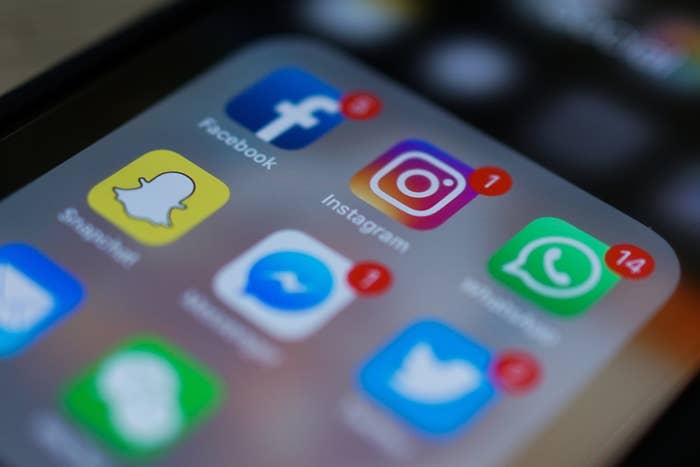
A study that claimed to explain why falsehoods go viral — findings that were widely covered by the media — has turned out to itself be false.
The article, published in June 2017, blamed people’s short attention spans for the spread of fake news. It was a claim that garnered coverage in dozens of news outlets, including Smithsonian, Business Insider, Vice, Scientific American, the Verge, and BuzzFeed News.
But this week, as first reported by Retraction Watch, the study was retracted due to a pair of errors that invalidated its conclusion.
“Our work is not fake news,” Filippo Menczer, a professor of informatics and computer science at Indiana University and a coauthor of the study, told BuzzFeed News. “In the moment that we found the error, we immediately contacted the editors to retract it. It was our own initiative. We were not trying to trick anyone. This is how science works.”
The study, which appeared in the journal Nature Human Behavior, found that within the scientists’ theoretical model of a social network, what they called “high-quality information” (real news) was as likely to go viral as “low-quality information” (fake news). That’s because, the scientists said, people have a harder time separating the fake from the real when they have short attention spans but are faced with large volumes of information.
As Menczer explained to BuzzFeed News at the time, “Maybe you only see five things. And you share one because it’s interesting, but not the others. But if you’d looked at 20, maybe you'd have seen something that was more trustworthy, or something that told you that story was fake.”
Last spring, though, one of the scientists discovered errors in the team’s calculations, errors that contradicted the finding that got published, according to Menczer.
But the model remains hypothetical, Menczer pointed out, and actual data from Facebook and Twitter still supports the idea that fake news is more likely than real news to go viral. He said that forthcoming research from his team will back up this conclusion while accounting for other real-world factors, like bots.
“Our finite attention is an important ingredient to understand the virality of information, but by itself, at least based on this model, it does not seem sufficient to explain the virality of misinformation,” he said.
A spokesperson for the journal did not immediately respond to requests for comment.
